You Aren't Born With Great Style—You Have to Practice It

In our January content series, How to Get Dressed Again, Who What Wear UK discusses the idea that 2018 isn't about a "brand new you," but rather a "best you, full stop." Emerging from winter hibernation and back into reality, we're looking at the methods, ideas, tricks and inspiration to guide you into the New Year. Forget fads and racing to the finish line—this is all about one clever step at a time and setting yourself up for an entirely stylish year.
Introducing Alyson Walsh: She's the over-40 blogger of That's Not My Age and author of Know Your Style. Here, she talks us through the myths surrounding personal style. Trust us—you're going to love what she has to say.
What does "know your style" even mean? Is it akin to knowing yourself or knowing your onions—or perhaps a bit of both? Over my 30-year career in fashion—from magazine reader makeovers to meeting women at various events and online or simply chatting with friends (even the ones who seem confident, comfortable and chic)—I have regularly been asked questions about style. And this often comes down to establishing what piece goes with what—which accessories complement a favourite outfit, what colours coordinate well or make the perfect mismatch or what to wear for a special occasion without spending loads of money.
Knowing what goes with what does feature an element of gut instinct, but I do think style is something that can be learned. You can practice it—which is part of the first myth I aim to debunk here. Keep reading to find out how to develop a great sense of style by ignoring all of the rules you've been taught.
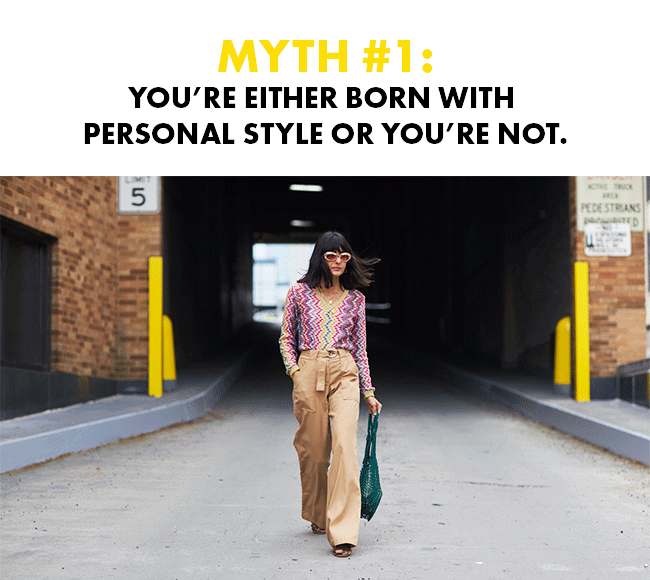
From architects to curators to knitwear designers, all the women I interviewed had one thing in common: They spend time organising and refining their work. We all do. "I can't be doing with the idea that you are born with style," says former Vogue Fashion Director Lucinda Chambers.
We happily spend time preparing food and perfecting recipes, fine-tuning a yoga move or musical performance, but when it comes to clothes and putting outfits together, there is a tendency to throw things on and hope for the best. A tried-and-tested recipe is something we come back to; once accomplished, confidence allows us to experiment with new ingredients, to jazz things up and add a bit of ourselves. The idea of practising style—of working at what we wear until it's perfect (and then some)—is so obvious yet so underused and unsung.
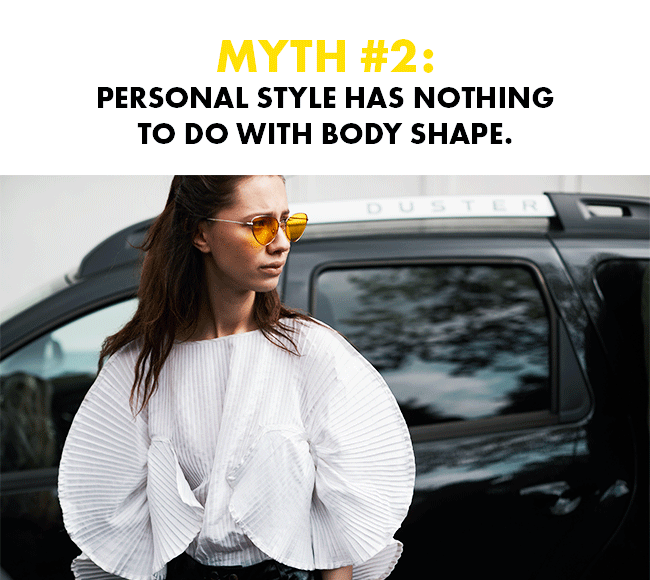
There are many ways to dress, and different things work for different individuals. Your body is your design brief, so be honest with yourself about what works and what doesn't. For example, I'm quite flat-chested and wear polo-neck jumpers, but my friend who has bigger tits wouldn't because she says she'd "look like a sofa." Understanding things like the colours that go together and suit your complexion to the silhouettes that work for your body shape are paramount.
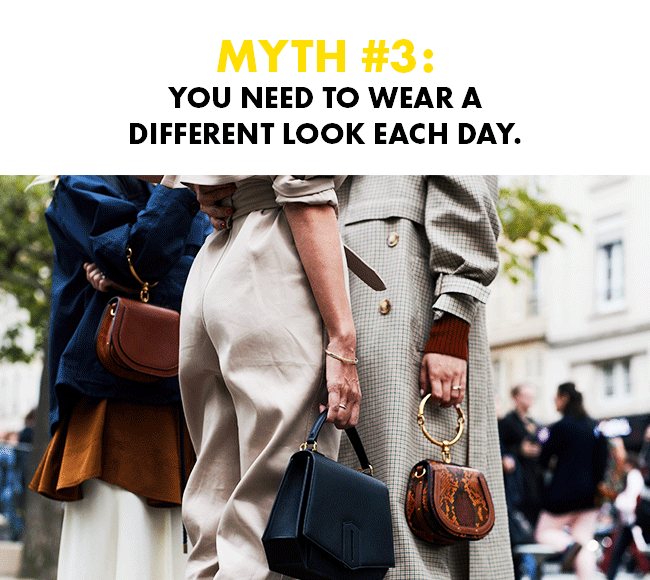
I was relieved to learn that, like myself, many women often wear the same clothes consecutively. For two or three days in a row even (heatwaves excluded). This is not complacency—it's common sense and born out of feeling satisfied. "I have a lot of shoes," states Linda Rodin, New York stylist and beauty entrepreneur. "I could wear the same outfit four days in a row and just change the shoes. You can change the whole look with different colour shoes, booties or sneakers. I do the same thing with coats in winter," she says. As with leftovers, outfits are still good the next day. Which is even more satisfying because you don't have to put as much effort into them.

The "Faff Factor," as I call it, is what can ruin personal style. Though often avoidable, faffing is instigated by external circumstances (weather fluctuations, commuting on a steaming hot train) and can highlight the impracticality of ill-fitting clothing. Here are three easy ways to eliminate the Faff Factor:
1. Find clothes that fit.
2. Be prepared for the weather.
3. Wear big knickers and the right size bra.
Fit is everything. If it doesn't sit right, it doesn’t fit right and is going to be bothersome. "Comfort is greatly underrated," comments Chambers, "I don't think anyone can be 'stylish' if A, the clothes don't fit or B, if for any reason you feel uncomfortable in them. They just won't work." Ultimately, good fit equals less faff. End of story.
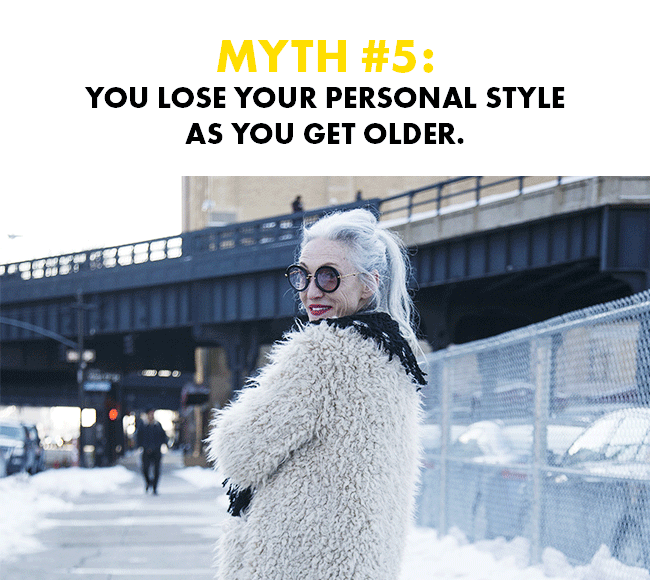
Chambers also completely nailed it when she told me this: "The most stylish women I know are older. One is in her 80s and the other in her 60s. I think it takes time, and that's all right. I can't be doing with the idea that you are born with style. That's nonsense, you should experiment and play around and make mistakes because it will get easier if you practise!"

Practising style doesn't equal buying loads of new stuff. Old clothes and things you love are perfect for practising with. Endless consumerism doesn't make anyone happy (or stylish). To me, this is the age shopping for your lifestyle and not just for the sake of it. These are the "buy less, buy better" years. My friend Jo Gordon, a knitwear designer, describes the phenomenon as "penny-a-day clothing." If it's expensive and you wear it a lot and keep it for years, it ends up costing a penny a day.
Shop Alyson's book:
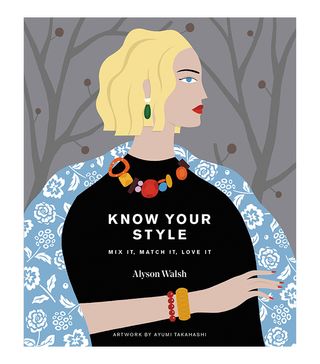
Next up, get the lowdown on S/S 18's trends.